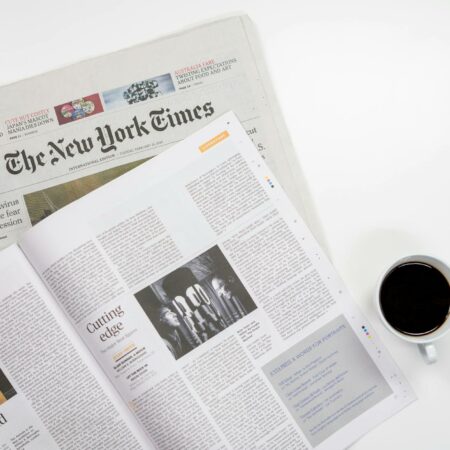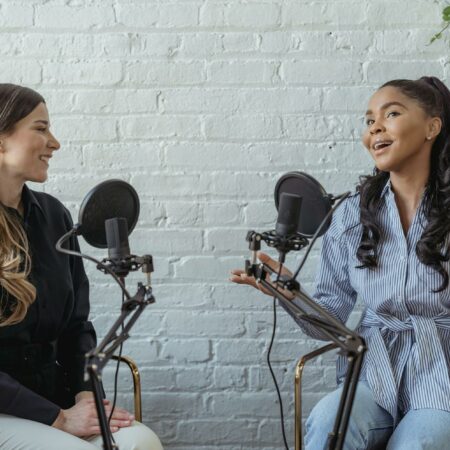
Businesses today are no strangers to email marketing, but often times that can’t be said about their email content. Sure, a well-designed email full of pretty images and .gif files may perform well, but a well-written email can perform just as well, if not better, than one that’s visually-appealing.
In the end, no matter how decorative your marketing emails are, if they lack strong content, your readers will eventually start unsubscribing from your messages. By implementing a few copywriting best practices into your email marketing, your email campaigns will win over your subscribers and convert them into loyal customers.
Subject Line Best Practices
An effective email campaign starts with nailing the email’s subject line, since it’s what’s going to persuade the subscriber to open the email. A part of the subject line’s language needs to be actionable. It doesn’t necessarily need to be a verb, but it needs to tell the reader what they can find within the email. For example, the wedding planning website The Knot sends an email with the subject line, “Win Free Tuxedos for Your Wedding.” You know that if you open this email, there will be information about how you can enter to win free tuxedos for your wedding. This email’s subject line is successful because keeps the value for the user at the top of their mind.
Personalization is key to having high performance levels with your email campaigns. Segment your email list into different categories and tailor the subject line toward these segments. This way you can produce not just a more relevant subject line, but more relevant content too.
Lastly, although it’s great to write a catchy subject line full of puns and alliteration, they need to be clear. Never sacrifice the clarity of your subject line for catchiness. If you can find a way to add some clever copy into your subject lines after the email’s action has been defined, by all means, go for it! Just make sure your email delivers whatever promise you make in your “punny” subject line.
Email Body Content
Alright, you’ve hooked your subscribers with a strong subject line; now it’s time to reel them in with your body content.
To start, make sure your email’s offering/focus matches your subject line and is relevant to the reader. Also, write the content in the second person by using pronouns such as, “you,” “yours” and “your,” so you associate your content toward the reader and keep the focus on them. If you refer to your business in the email, speak in the third person and say “we” or “us” versus “I” or “me.” You, alone, are not sending the email; your business, as a whole, is.
The goal of the body content needs to showcase the email’s value and benefits. Too many emails only give information about the features they’re offering, not the benefit that comes with it. If you’re having a 25% off everything sale, talk about the value they’ll receive when they buy something of yours at 25% off.
Keep your emails brief. We get it, you’re excited about your business and have so many good things to say to the customer. Unfortunately, they have an attention span the size of a pea. Readers will more than likely scan for main points then decide if they want to take action with your email. Aim to have no more than 3 short paragraphs that lead to the call to action, and make sure your copy focuses on your main point.
Show your brand’s personality in your email campaigns. Yes, your email’s purpose is to inform but that doesn’t mean you can’t be personable. Build a memorable experience with your subscribers; they’re more likely to do business with those who are more human.
Call-to-Action
Even if your email content isn’t trying to sell something, there needs to be a clear call-to-action (also known as CTA). Obviously, it needs to be easy to identify. Subscribers like to scan your emails, so it needs to stick out like a sore thumb.
Give it a different color than the rest of your design. A call-to-action is, essentially, the star of the email, since it’s the end goal for the campaign. The CTA’s copy is just as important as its design. The language here needs to be clear, brief and action-driven.
Finally, take the time to optimize your plain-text emails to include CTAs. Not everyone will see your HTML email version or be able to render your images, so include some sort of anchored hyperlink text with the same call-to-action destination.
And, there you have it, the best practices for the perfect email content! Even though people are slammed with email marketing on a daily basis, emails still deliver one of the highest ROIs and reach than some printed materials. Don’t let email content weaken your email marketing strategy; create compelling content for your next campaign and start converting your leads!
To learn more about email marketing and how to utilize it to its full potential, contact GreenMellen Media today!




